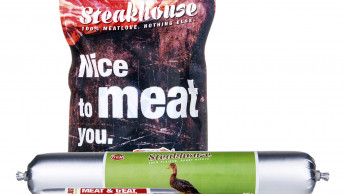New rules on how to label additives;
Some new terminology;
Category labelling and consumer information on request;
Clarification of current practice that all claims must be scientifically substantiated;
Explanation and recognition of multipacks;
Extension to all kinds of communication (e.g. Internet), not only the label;
Industry to develop a Code of Good Labelling Practice
A new catalogue of existing feed materials and a register of new feed materials;
Involvement of the European Food Safety Authority (EFSA) for claims and dietetic feed;
Safety and traceability rules and information of authorities in case of a hazard.
Additives labelling All additives having a legal maximum level in EU legislation, all zootechnical additives and urea (and derivates) must be labelled preceded by the term “Additives”, followed by their category or functional group, identification (E-number) and/or their specific name and their added amount. However, it is allowed to label colourants, antioxidants and preservatives that have a maximum level just by their functional group. An example would be: Additives per kg nutritional additives: Vitamin A 10.000 IU, Vitamin D3 500 IU, Vitamin E 500 IU, beta-carotene 1.5 mg, taurine 1.500 mg, copper sulphate 13 mg; zootechnical additives: Enterococcus faecium NCIMB 10415 20.000 CUF; preservatives and antioxidants. The labelling of additives is one of the major changes and subject to some uncertainties: functional groups are legally defined, such as “vitamins, pro-vitamin and chemically well defined substances having a similar effect” – would it be legally acceptable to label just “vitamins”? Terminology Some terms will be required to be used on the label, such as “Composition” for the list of ingredients, “Additives” for the list of additives and “Analytical constituents” for the typical analyses. Alternative terms are permitted for the analytical constituents: “protein…

 Menü
Menü







 11-12/2009
11-12/2009












 Newsletter
Newsletter